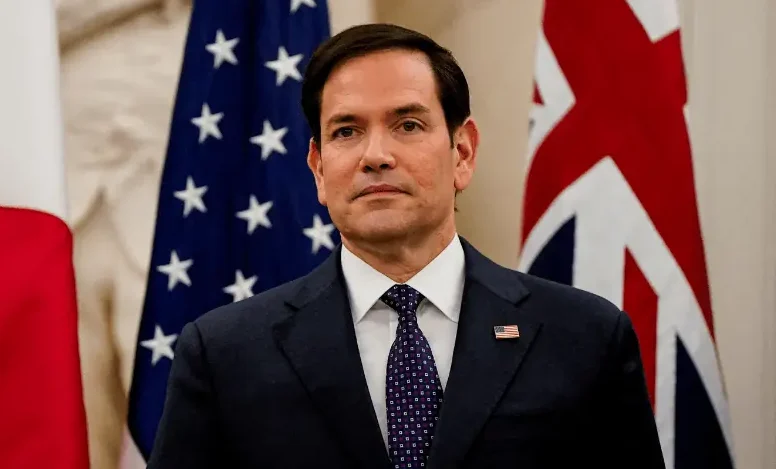The U.S. Congress is back in session Tuesday with less than a month to do one of its most basic jobs: keep the government funded and avoid a shutdown. That task has become increasingly difficult in recent years, and the stakes are once again high.
Partisan tensions have only deepened during President Donald Trump’s first year in office. Democrats remain angry over his decision to withhold spending that was previously approved in bipartisan deals, along with the tax cut bill passed in July. Nonpartisan analysts warned that measure could strip healthcare from more than 10 million low-income Americans.
Negotiations over the $1.8 trillion in discretionary spending within the $7 trillion federal budget won’t happen in a vacuum. Lawmakers also expect battles over the release of files related to the late Jeffrey Epstein, once a friend of Trump, and over the administration’s decision to deploy federal agents and National Guard troops in Washington.
Government shutdowns are nothing new. Since 1981, there have been 14 partial shutdowns, most lasting only a couple of days. The last one, however, stretched a painful 34 days between late 2018 and early 2019 during Trump’s first term.
Republicans currently hold a slim 219-212 majority in the House and a 53-47 edge in the Senate. But with Senate rules requiring 60 votes to pass most bills, at least seven Democrats would need to join them to approve a funding package. Both parties have already started trading blame over who would be responsible if negotiations collapse.
Tensions have been rising since July, when Republicans backed Trump’s push to cut $9 billion from foreign aid and public media. Senate Minority Leader Chuck Schumer warned then that Democrats would not go along with “business as usual” if Republicans continued slashing money that had already been approved.
Schumer himself has faced criticism before. In March, some Democrats attacked him for supporting a stopgap measure to keep the government open, though he argued a shutdown would have been worse. This time, Democratic leaders have asked to meet with Republicans, but many in their party want firm assurances that the majority won’t simply cut more funding later.
Republicans are urging a cooperative approach. “I hope that the process will continue in a bipartisan way as we move toward the September deadline,” Senate Majority Leader John Thune said on the floor.
Some Democrats see the looming deadline as leverage. Senator Elizabeth Warren of Massachusetts told a Nebraska rally that Republicans will need Democratic votes to keep the government open. She linked her support to restoring healthcare lost under the GOP tax bill. “You want my vote and I hope the votes of the rest of these Democrats then by golly, you can restore healthcare for 10 million Americans,” she said.
Meanwhile, the federal debt has climbed to $37.25 trillion, according to the Treasury Department, and it continues to grow under both Republican and Democratic leadership as Congress routinely authorizes more spending than revenue coming in.






